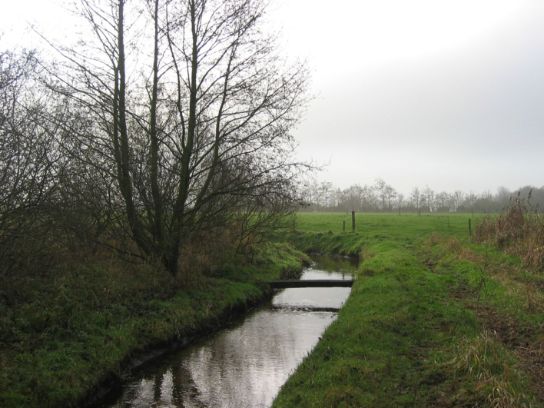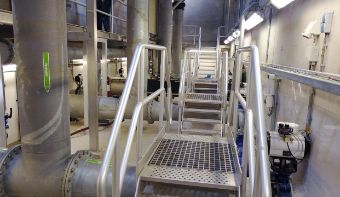Align environmental permit applications with new methodology

Align environmental permit applications with new methodology
All environmental permit applications for the discharge of industrial wastewater submitted from 1 February 2021 will be assessed using a new methodology.
This methodology is used to determine the discharge of industrial wastewater’s impact and is a result of the European Court of Justice’s "Wezer judgment". What this means in concrete terms is that you can soon expect an updated version of the EIR surface water guidelines.
The "Wezer judgment" dates from 01/07/2015 and is a stricter interpretation of the Water Framework Directive, according to which project approval must be denied in the following situations:
- when the project could induce deterioration in the condition of a body of surface water
- when it jeopardises a body of surface water attaining a “good ecological potential” and good chemical composition
Wastewater discharge approval dependant on calculation of surface water deterioration
A new calculation tool has been created by the Flemish Environment Agency (VMM) which enables its user to assess the impact of a given discharge. The tool is used to determine whether clear deterioration will be caused in the receiving body of surface water. This is done in several steps:
- First, the relevance of the impact is assessed;
- Next, for parameters where the impact is relevant, the relevance and/or acceptability of the worst possible impact is assessed;
- Finally, for parameters where the worst-case impact is unacceptable, the impact under realistic conditions is determined.
The results of the calculations are then used by the VMM as the basis for its advice regarding the permit application in question.
Focus on quality of downstream surface water
Contrary to the previous methodology, in which the VMM assessed the impact of a discharge (both temporarily and permanently) as "limited", "relevant" or "important" – based specifically on an increased concentration in the receiving watercourse – the focus will now be on the quality of surface water downstream of the point of discharge (cf. the Wezer judgment).
To accommodate this, different levels of quality have been established for bodies of surface water. These range from 'very good', 'good' and 'moderate' to 'insufficient' and even 'poor'. In principle, the impact of a discharge is considered unacceptable if there is clear deterioration; i.e. if the discharge of wastewater causes a change in quality level downstream of the discharge point.
When determining whether clear deterioration is present, the measurement error of the relevant parameter (cf. VLAREM II) can sometimes be taken into account. In certain cases, the mixing zone downstream of the discharge must also be considered.

Impact on environmental permit applications
Essentially, under the new rules authorisation will only be granted if it can be demonstrated that a new discharge will not lead to marked deterioration in the affected bodies of water. This applies also when changes are made to an existing discharge; for example, in the event of an increase in norms.
The relicensing of an existing discharge will be judged less critically than the creation of a new one. The expectation, however, is that existing discharges with a considerable impact will only be authorised for a limited period. This is to avoid jeopardising the future good condition of the affected bodies of water.
We assists companies throughout entire process
Although the calculation tool is freely available, filling it in and interpreting its results can sometimes be confusing. Witteveen+Bos assists companies in conducting and interpreting this impact assessment.
As well as this, we have acquired significant experience and insight since the announcement of the new methodology. We are delighted, therefore, to be able to help companies in this way in applying for an environmental permit or new discharge conditions.
More information?




